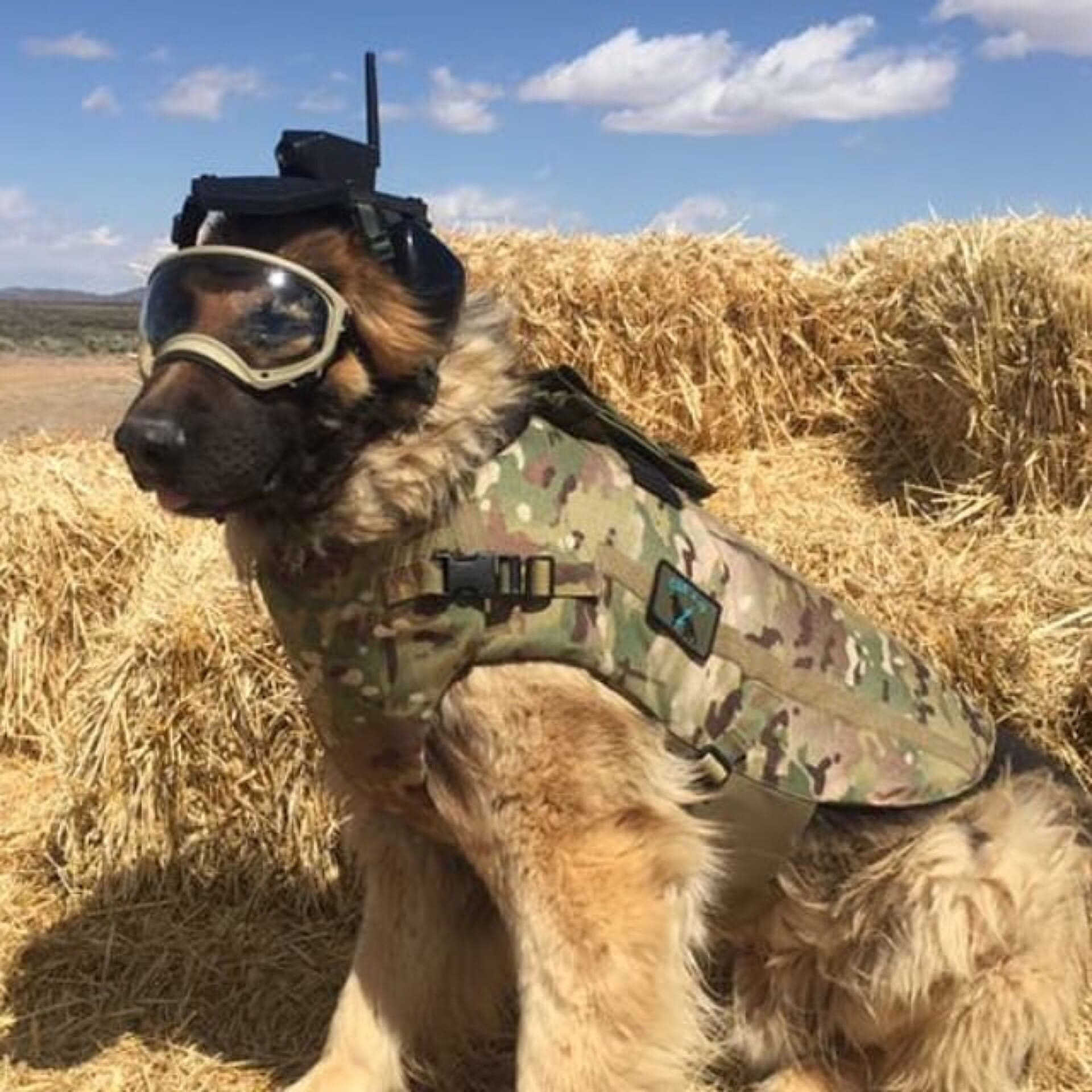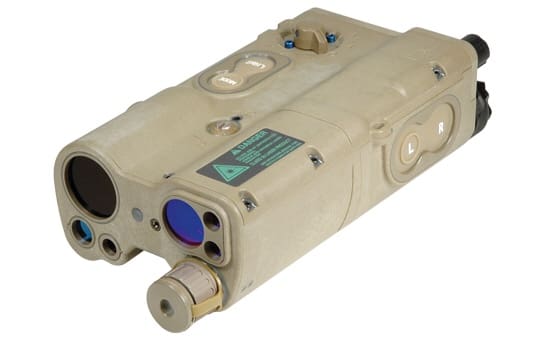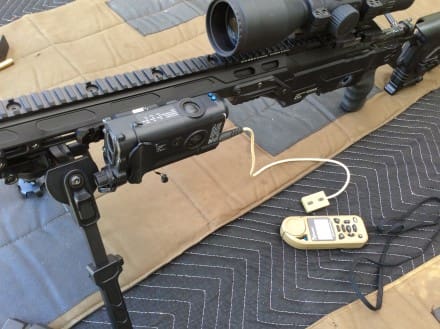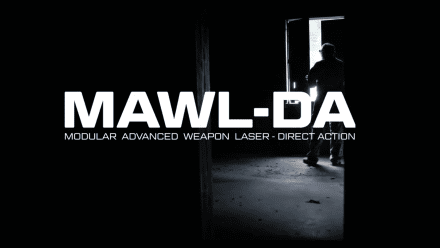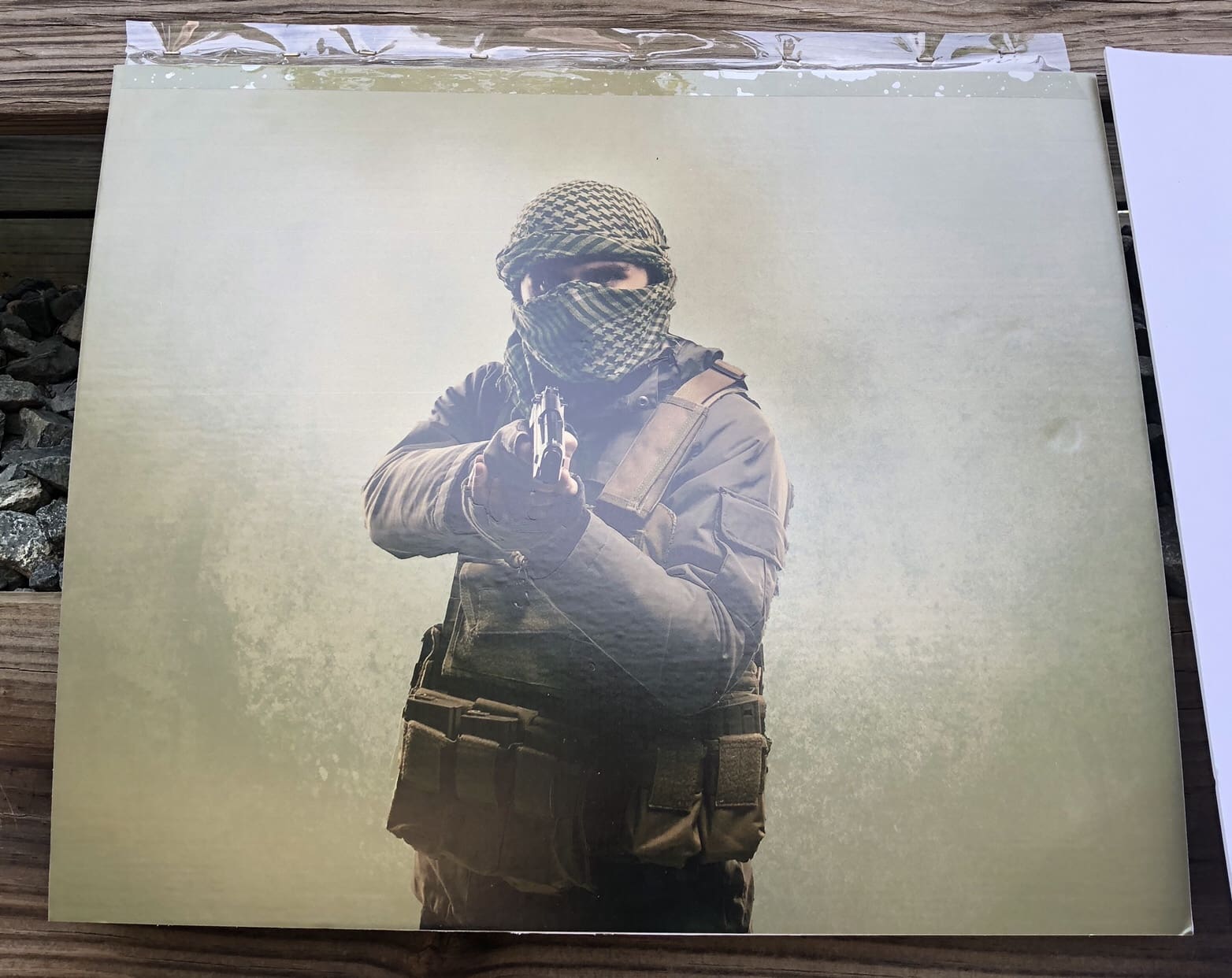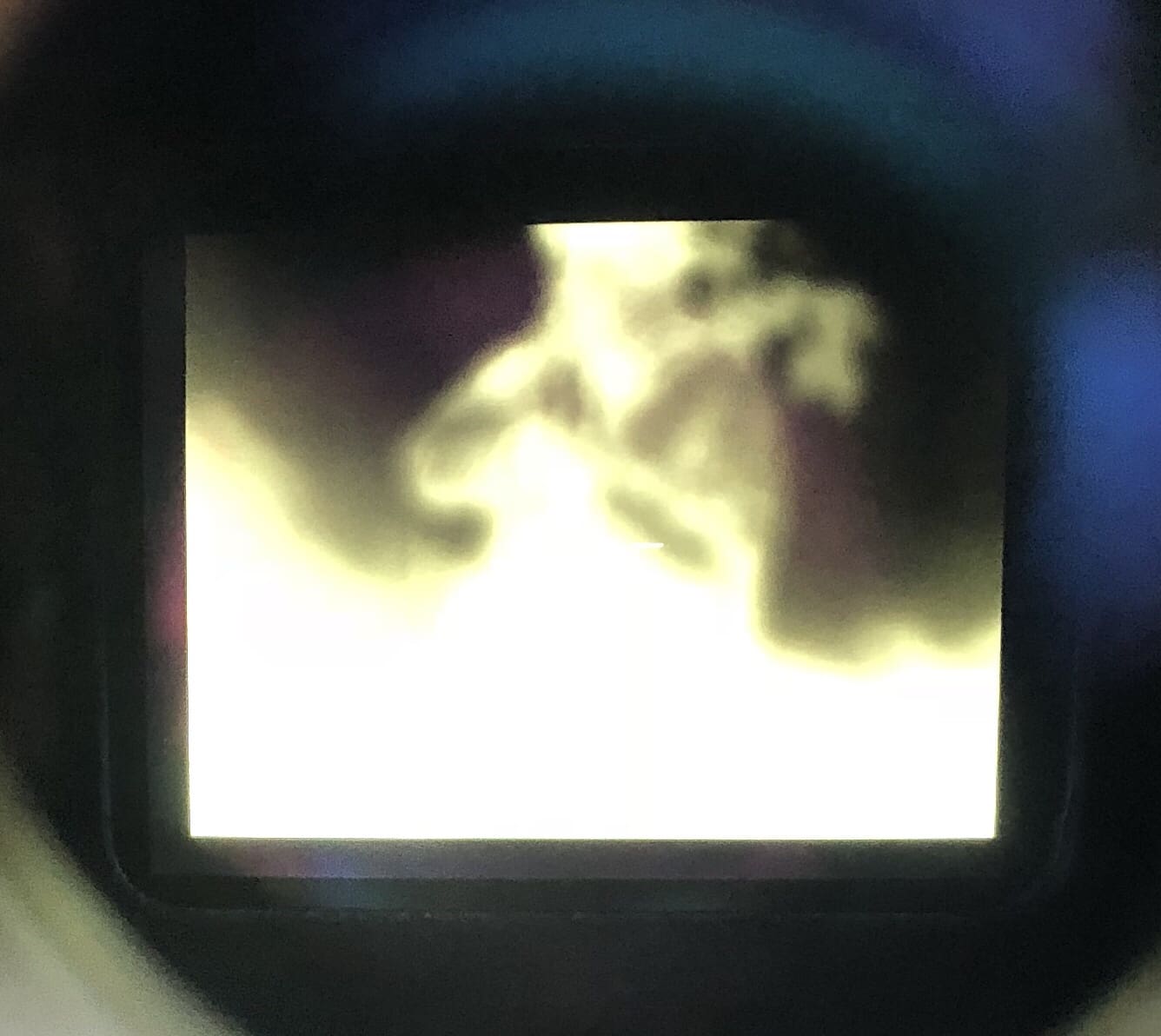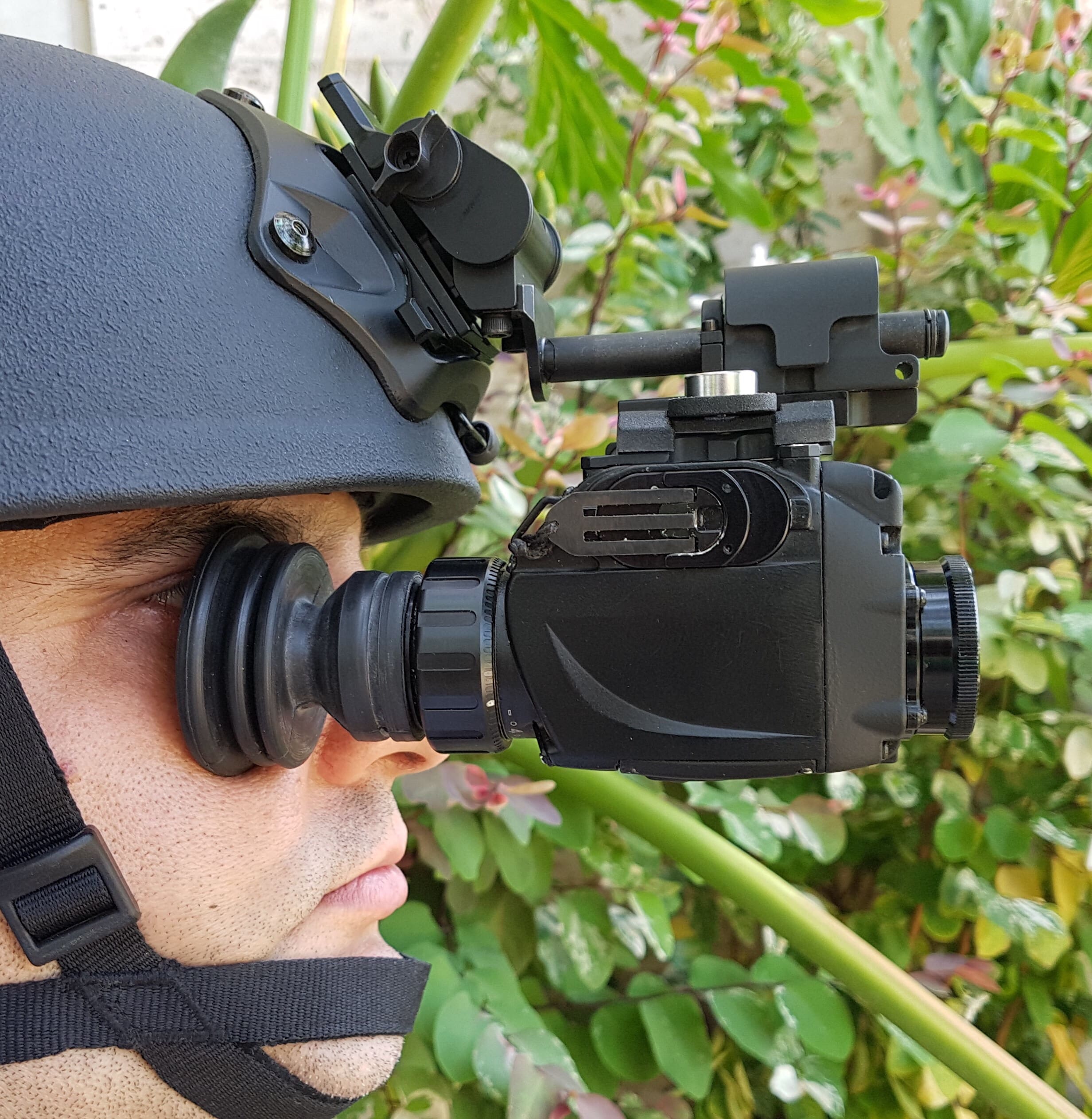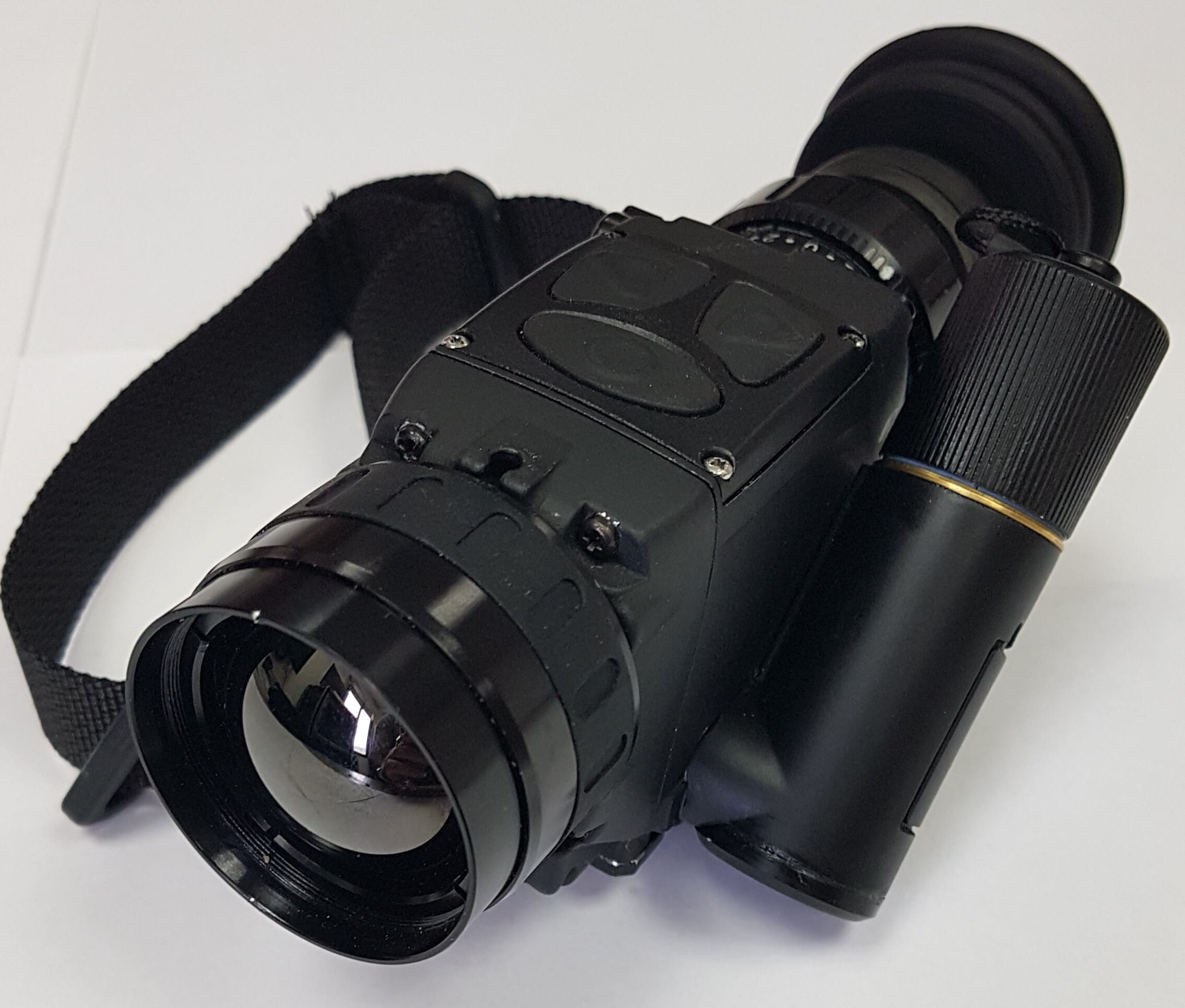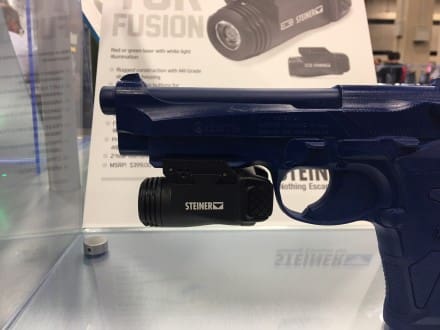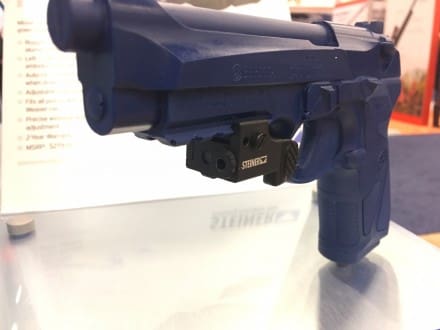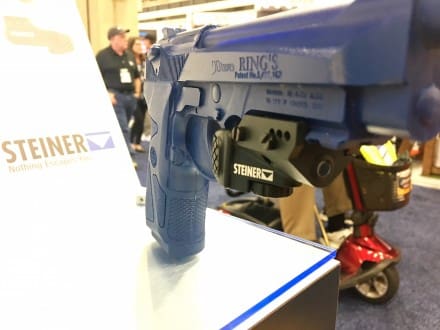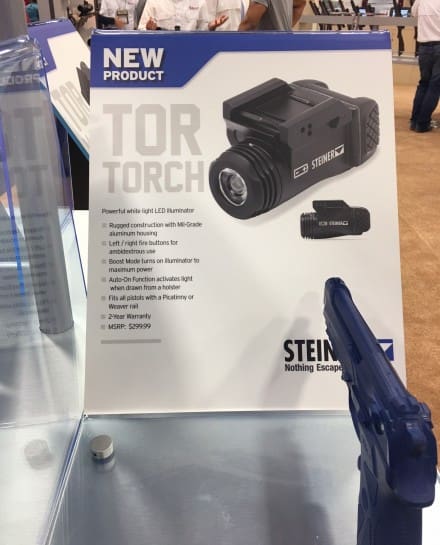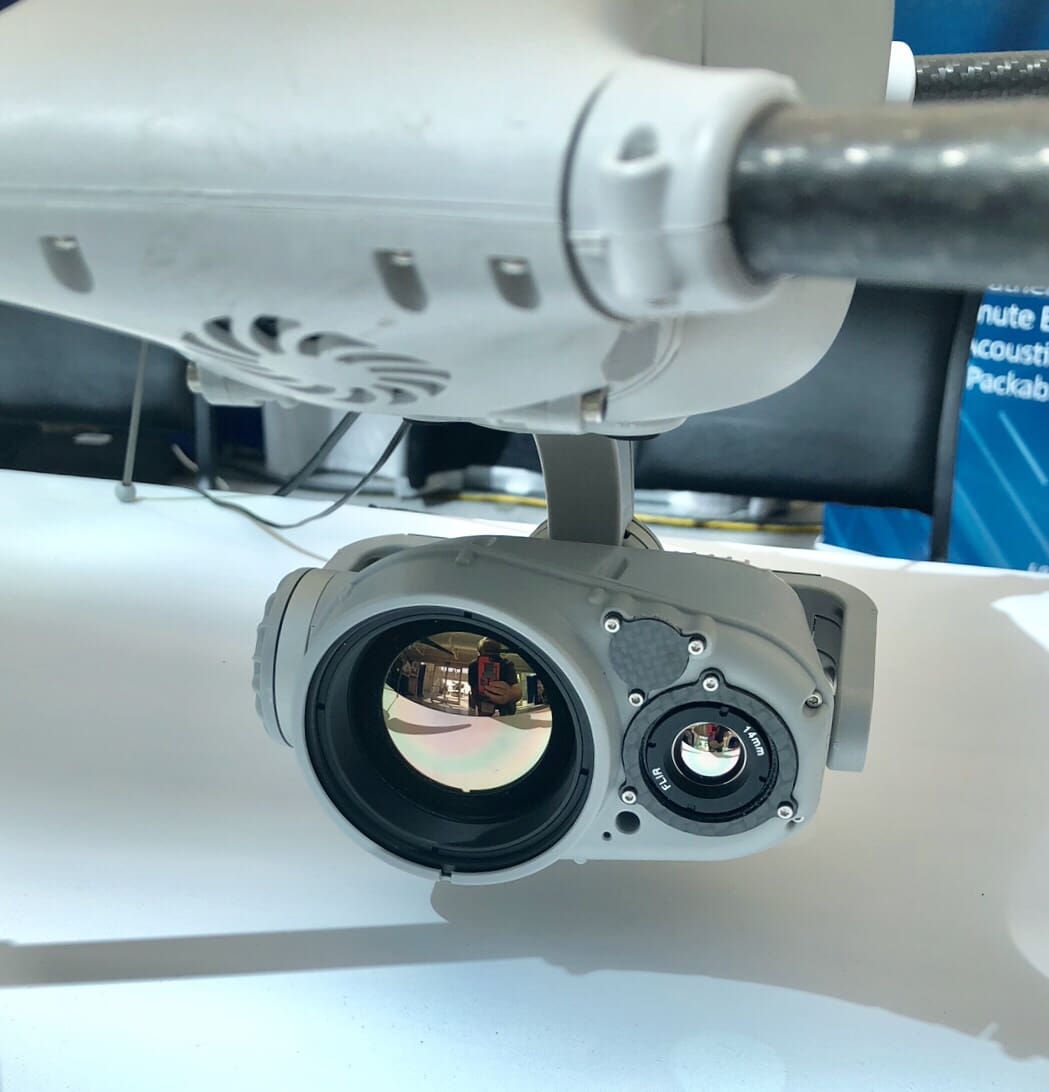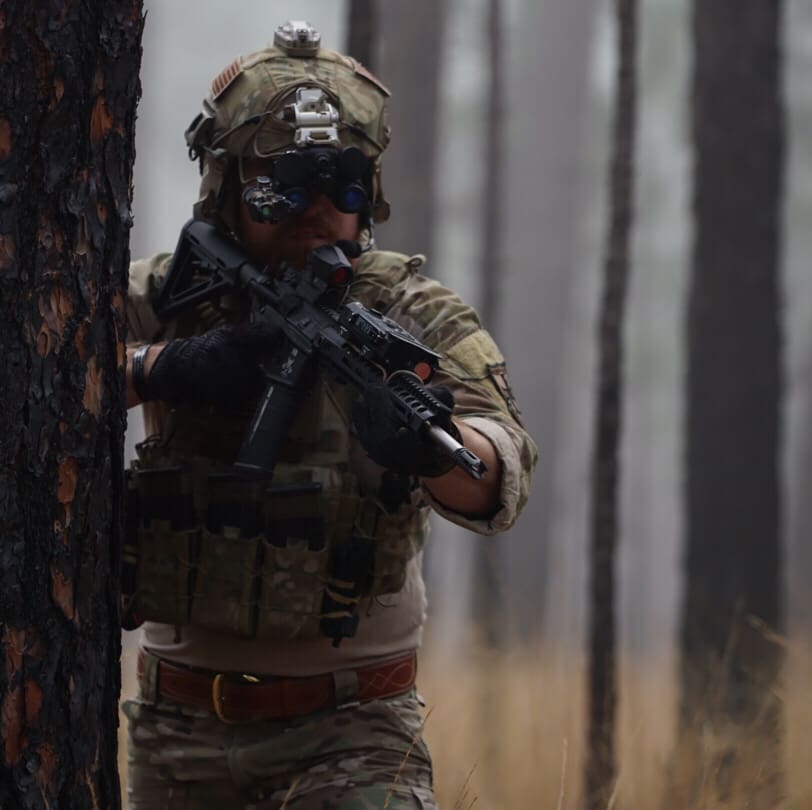
During the recent ADS Warrior Expo, I checked out a few products from Optics 1, including the E-COSI. When clipped on to a night vision goggle, it allows the users to a SWIR image overlaid onto the NVG image s well as SWIR energy form ground and air markers and designators. E-COSI also has the ability to act as a HUD for augmented reality situational awareness programs.
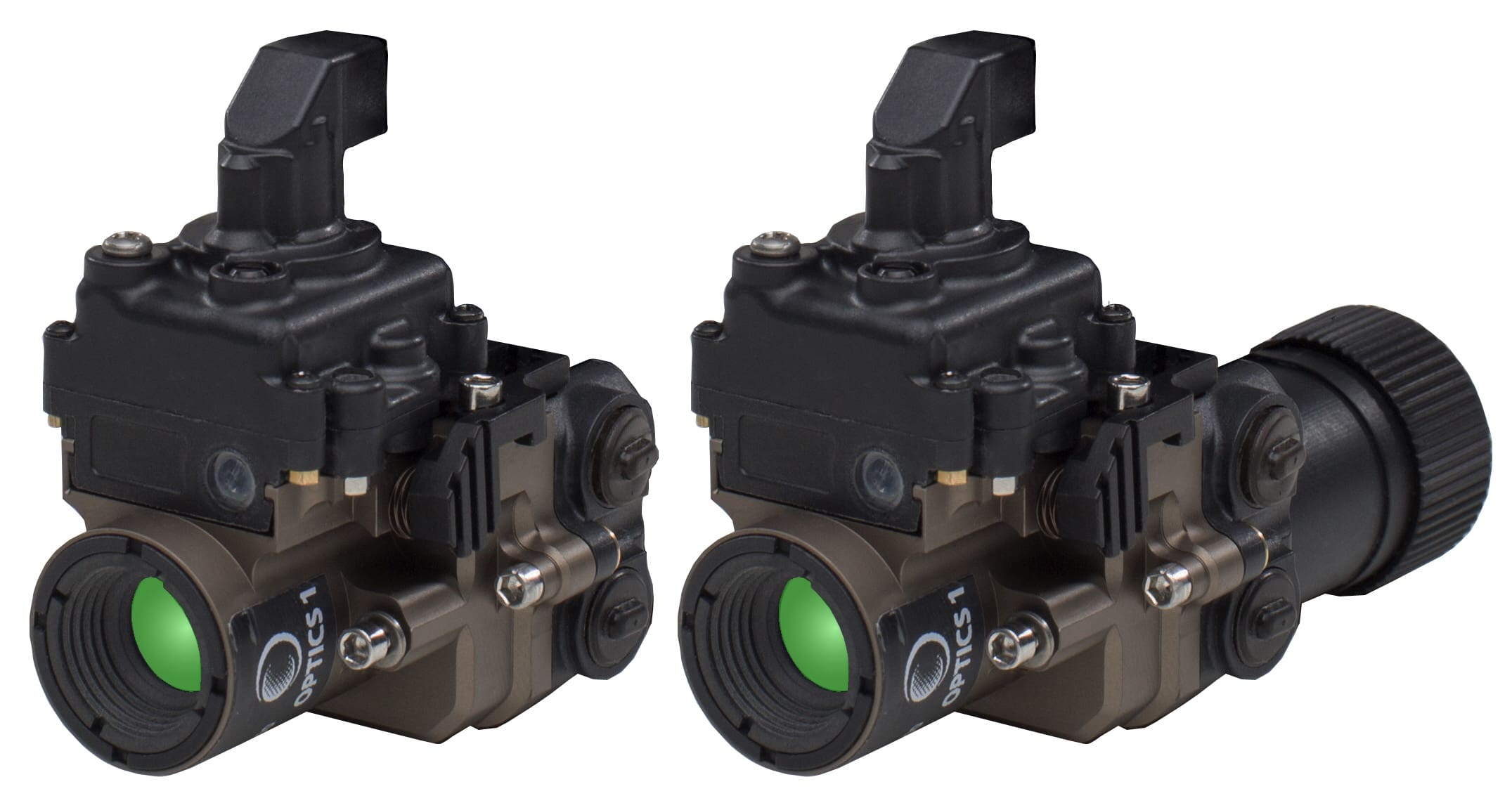
Weighing in at 95 grams, it’s a simple addition to existing Night Vision Devices which offers a lot of additional capability. E-COSI uses a 7-PIN connector and can Import/Display/Export RS-170 Video. It will connect to external accessories: GPS, Smart Power Pack, etc as well as PC/Droid for picture download and Nav File upload. It also connects to Situational Awareness Apps (SA-Apps). It runs >3.5 hours on a single CR123 battery but there is also an optional O1 smart power pack.
Although Optics 1 is a wholly-owned U.S. subsidiary of Vectronix AG of Heerbrugg (Switzerland) and is part of Safran Electronics & Defense (a Safran group), their products are manufactured in Bedford, New Hampshire.


